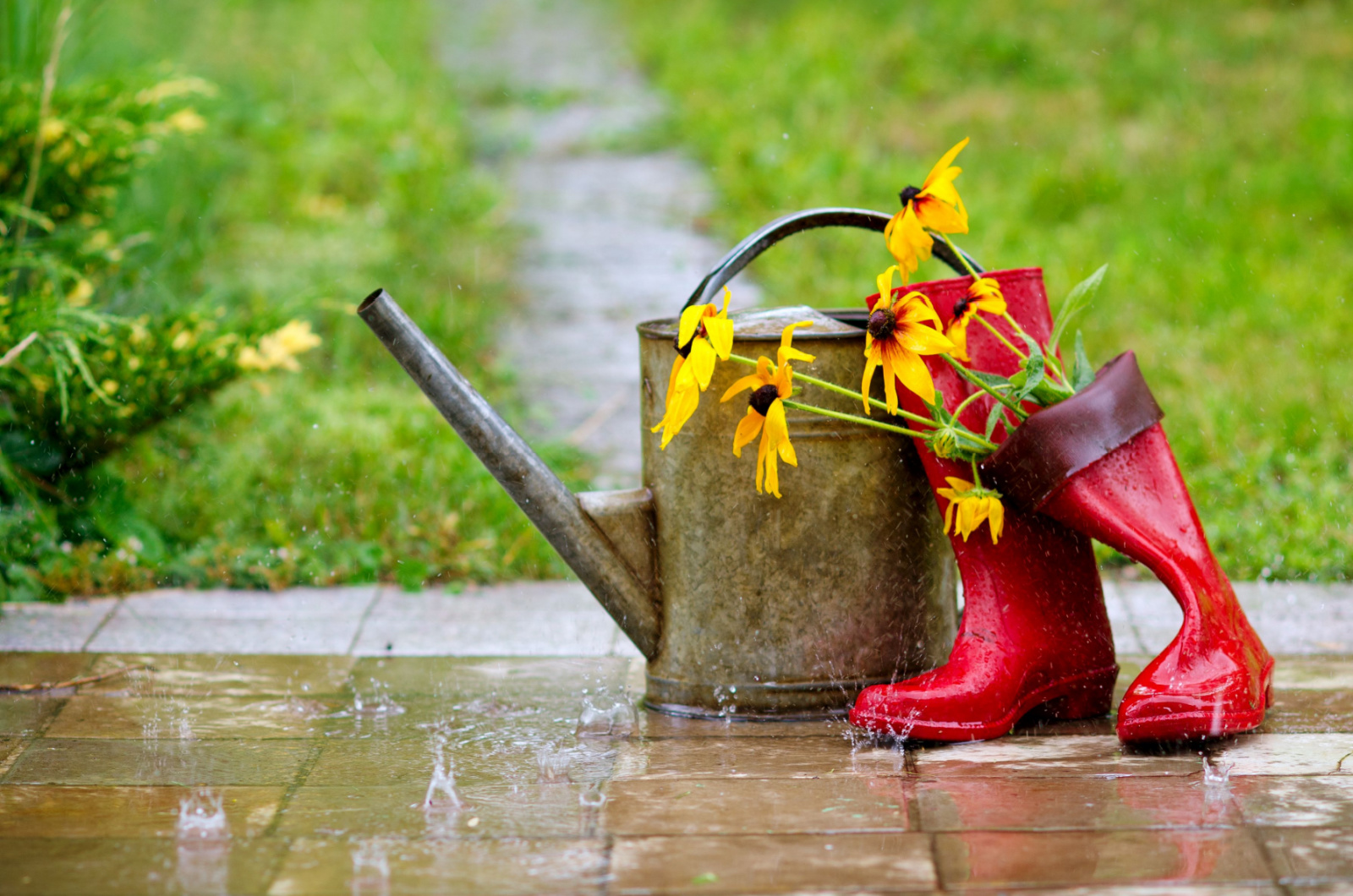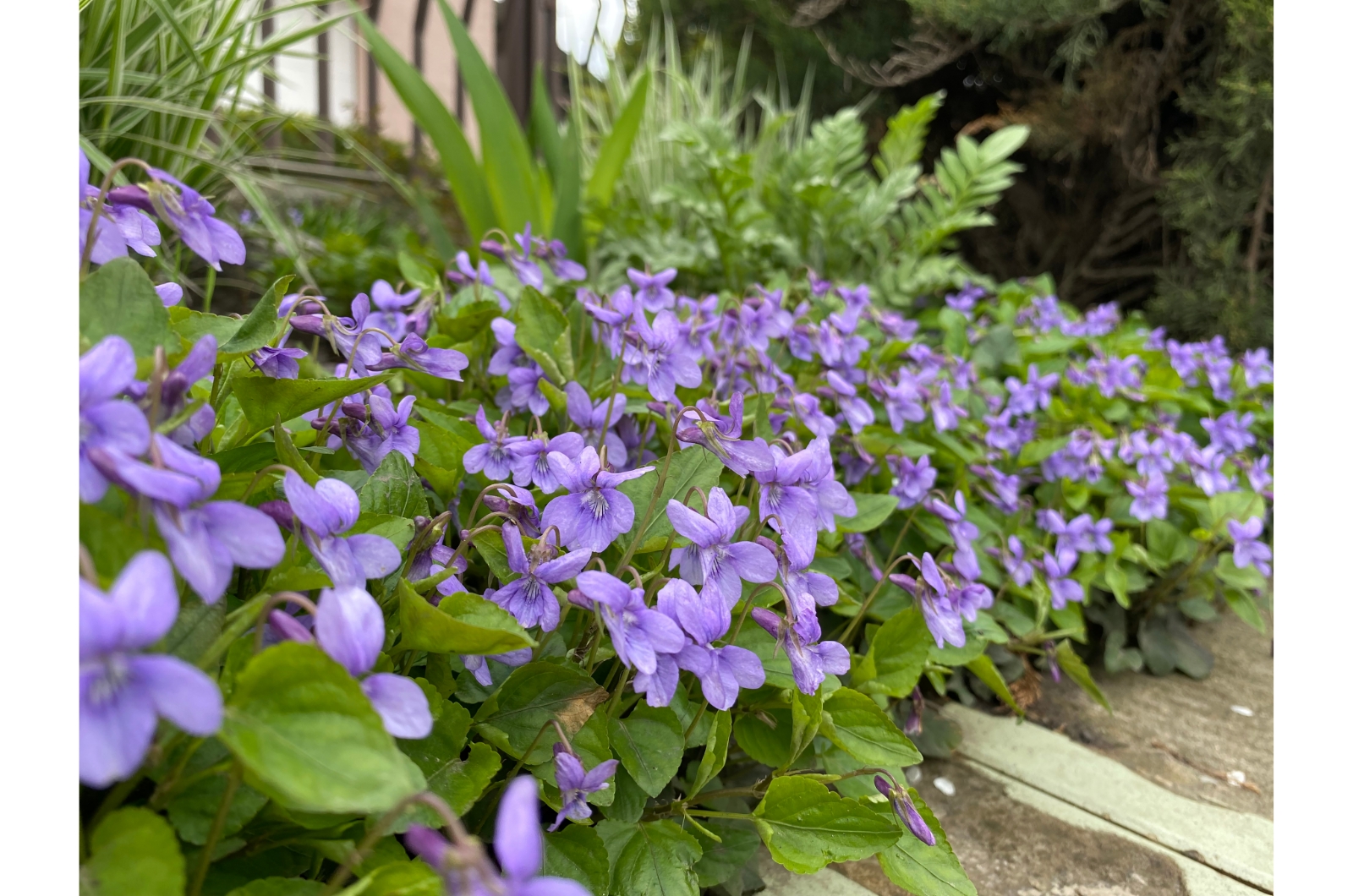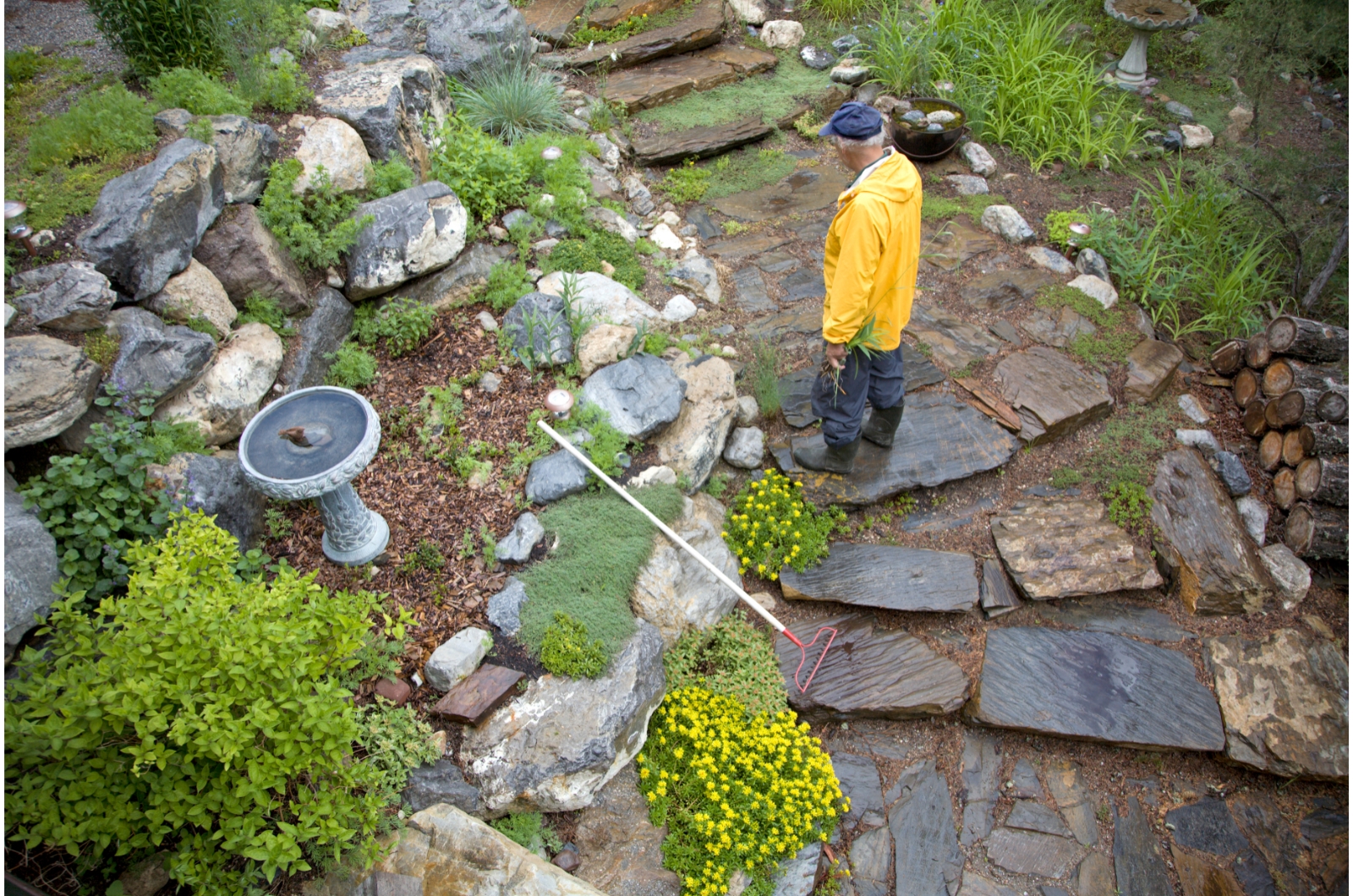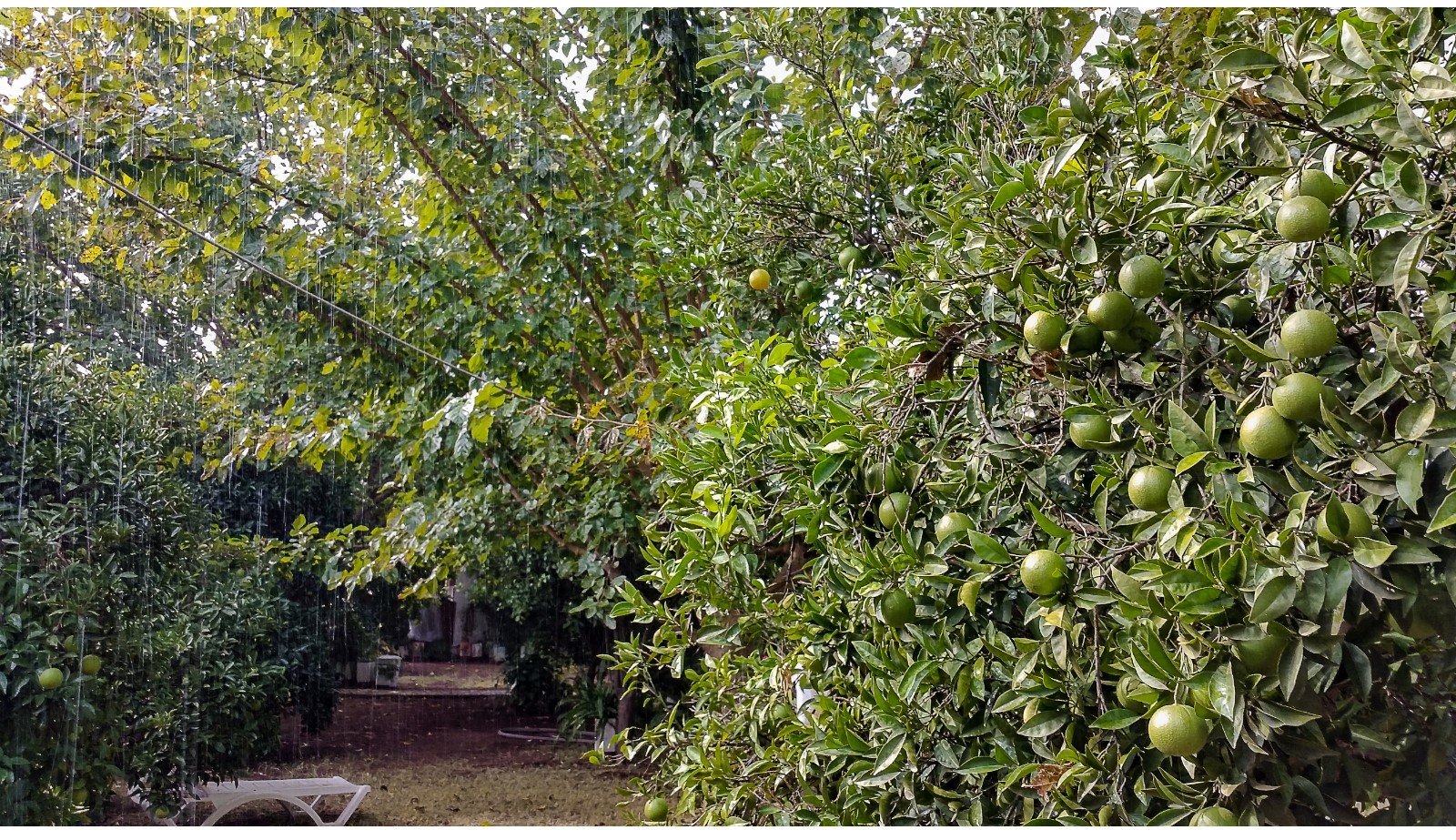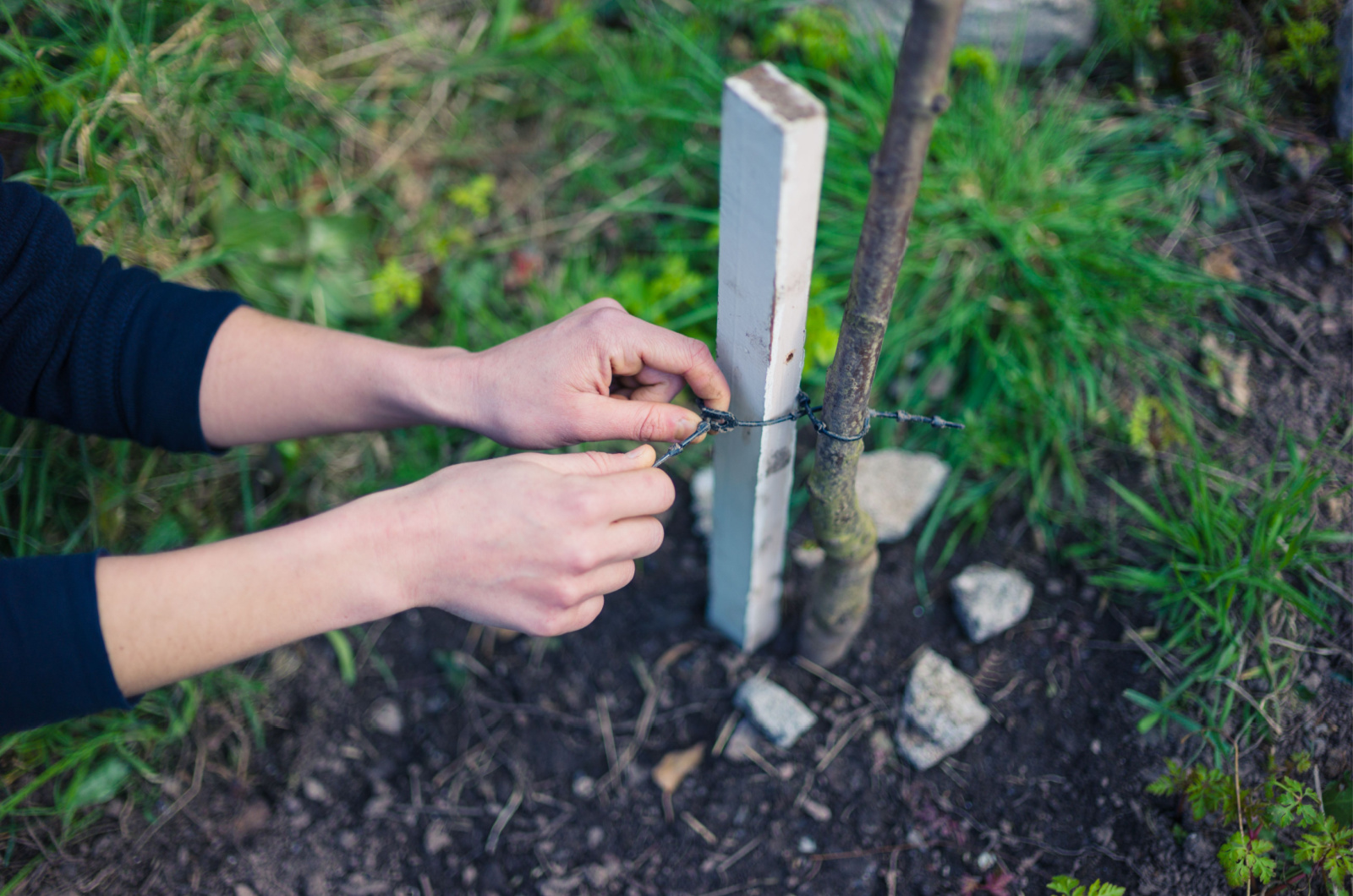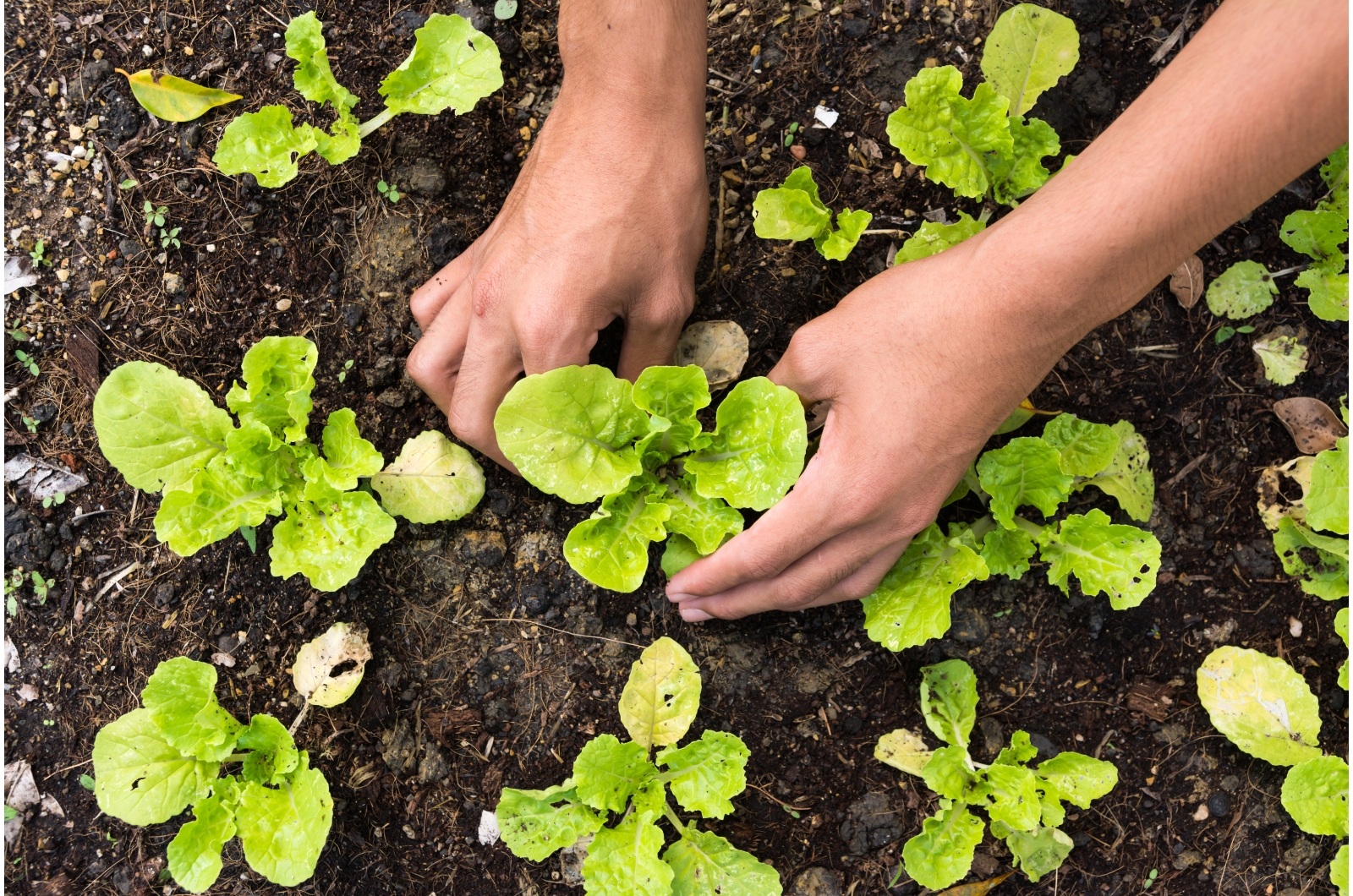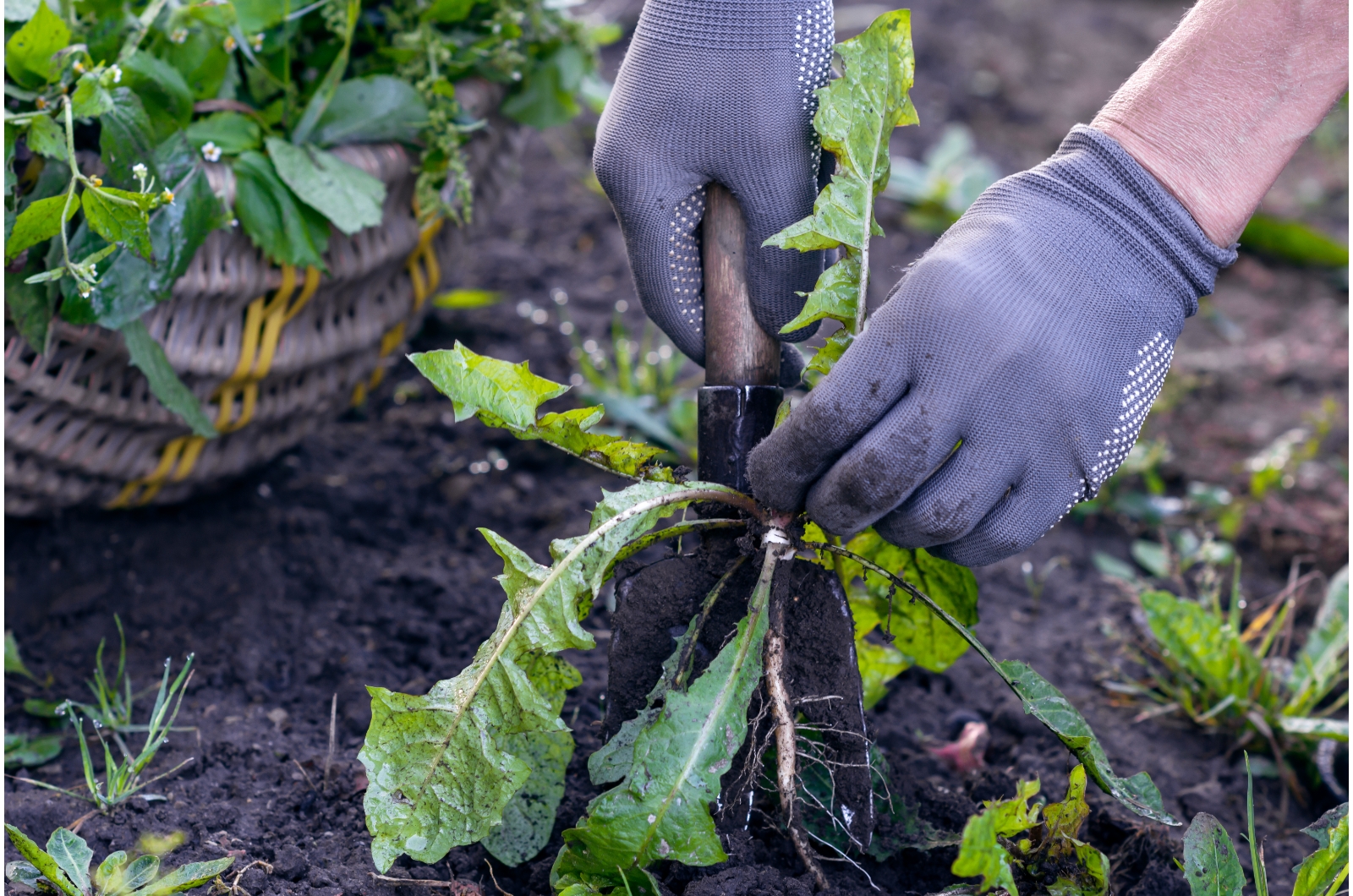Wet winter weather can be quite exhausting. But that’s something we should all welcome!
Why? Because wet weather is ideal for plantings. You can put your fruits, vegetables, and natives in the ground without having to break the bank trying to irrigate it all.
Yet, these aren’t the only chores you can do when precipitation increases. Here are some garden jobs perfect for rainy winters.
Let’s get started!
Benefits Of Planting Natives In Wet Weather
One of the main benefits of planting natives in wet conditions is that you don’t have to use your own water to keep new plants alive.
Natives (and all other plants) need plenty of moisture in the beginning. It will help them develop a deep root system, making them more drought-tolerant in return.
Related: The Reason You Should Grow Native Plants In Your Garden
Where To Start
The best way is to have an end goal; a finished landscaping design in mind. Think of all the sunshine and shade your garden gets. This will help you choose between full sun and shade-loving natives.
You should also take into account the individual growing requirements of each plant. Sunlight is important, but so are moisture and soil. Some natives can tolerate clay mediums, while others require loose and loamy substrates.
You can research all these things on the internet. For instance, the University of Florida has a list of natives along with their basic needs.
There are similar lists for many different states. Research your region and you’ll find the best species to plant in your region!
4 Gardening Chores You Can Complete
Once you finish planting your natives, you can focus on other garden chores. You can go ahead and plant some cool-weather crops or start weeding your garden.
The good news is that rainy weather won’t hinder you from preparing your yard for spring plantings.
#1 Fertilize Your Citrus Trees
Rainy weather is the perfect time to feed your citrus trees. In Florida, these species need a constant supply of nitrogen for healthy growth. Use lesser amounts if you have young trees (1-3 years of age). (1)
Luckily, there are fertilizers made just for citruses. Find the best lemon tree fertilizer based on your plants’ needs and apply it according to the instructions.
I prefer using time-release plant food because I don’t have to worry about constant application.
If you want to use organic fertilizers, you can opt for a blood meal fertilizer. It is an excellent source of nitrogen and will keep your citrus trees happy.
In general, you can feed your citrus trees with nitrogen fertilizer starting in January or February. The second application should be some time in March, and the third one in June.
Avoid late-season feeding because it can affect fruit quantity and quality. It may cause their skin to become tough and their color to set at a slower pace.
Also, don’t feed your dwarf or potted citrus trees as much as the in-ground ones. They need less food to flourish.
Make sure not to overfertilize your plants because that can lead to a host of issues. It may result in excessive growth, putting your citruses at risk of bacterial blast and other common diseases.
P.S. Maintaining a good fertilizing routine can keep your citrus trees healthy. It may even protect them from common infections, such as oak root fungus.
#2 Stake Your Trees, If Necessary
Staking is a great way to anchor your trees and provide them with more support and protection. However, not all trees need this!
Only stake your trees if you live in a windy region, when the stems bend without proper support, or if the roots are unusually small.
Place the stakes on opposite sides of the tree, away from the roots. Don’t let them rub against the branches and the trunk. When tying it, make sure not to place ties too high; only go as far up as the tree needs.
This practice will give your tree more freedom of movement, allowing it to develop a strong trunk. Monitor the tree and check for any kind of damage.
Remember to remove the stakes once the tree can stand on its own. This usually takes around a year.
#3 Plant Cool-Weather Crops
If you don’t know what to plant in February in zones 9 and 10, know that you can always start with root crops and leafy greens. Carrots, radishes, beets, potatoes, lettuce, spinach, and most herbs are some of the best choices.
Warm weather that’s approaching will make them grow and mature fast.
You can plant many of these cool-weather vegetables directly in the garden or transplant young seedlings. Succession plant them throughout the spring months to get the most out of them.
By the time you harvest them, it will be warm enough to transplant your warm-season crops, such as tomatoes, eggplants, and peppers.
#4 Suppress Weed Growth
Weeds, like dandelions, purslane, and nettle, are edible, so at least we can put them to good use. But what about the host of other ones that are a plain nuisance?
They can outcompete natives and the rest of the plants you have in your garden. If you want to put an end to this, you need to stop the weeds from producing seeds. That means removing them as soon as you notice them,
The best method you can utilize is hand pulling or hoeing. Yet, it is great to understand how the weeds spread in order to find the best removal technique.
If they multiply by seeds, pull or dig them out before they set seeds. If they propagate by rhizomes, remove as much of the roots as possible and come back to check whether they have regrown afterwards.
Finally, I’d stay away from composting weeds. Sometimes, seeds can survive the process and you’ll spread the weeds all over your garden by accident.
References:
1. Morgan, K. T. et al. (2023). 2023-2024 Florida Citrus Production Guide: Nutrition Management For Citrus Trees. UF IFAS Extension.


